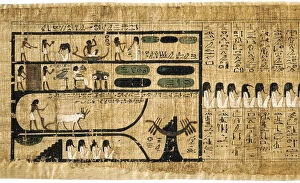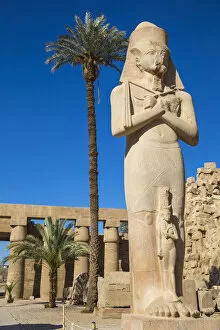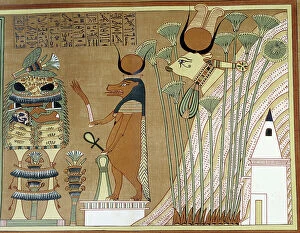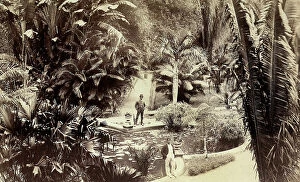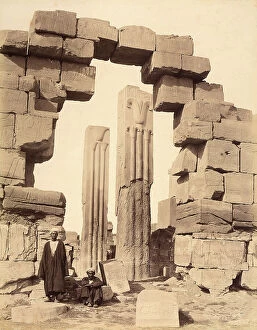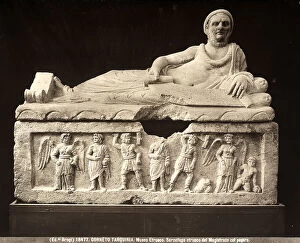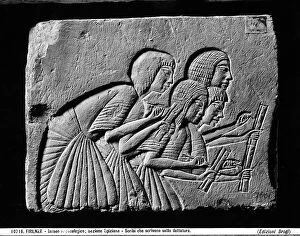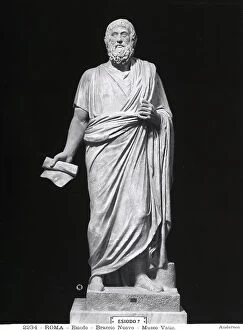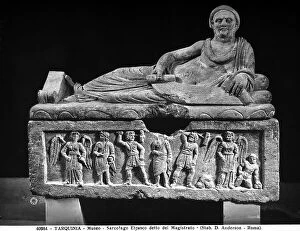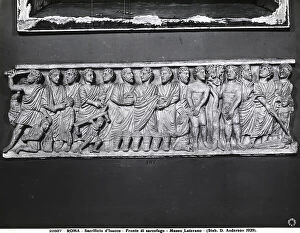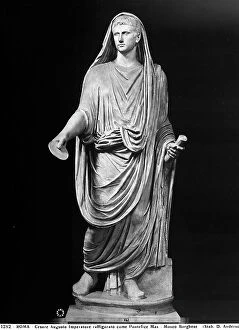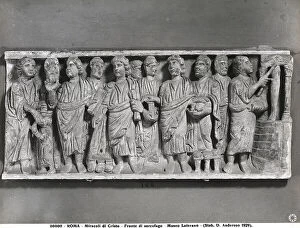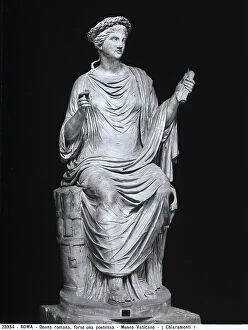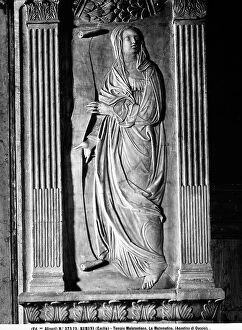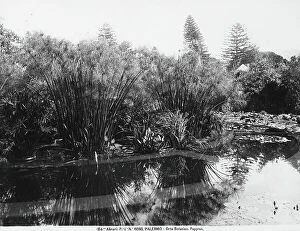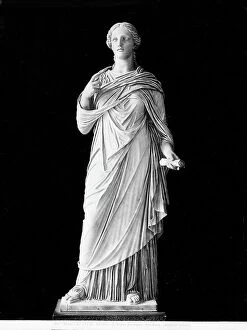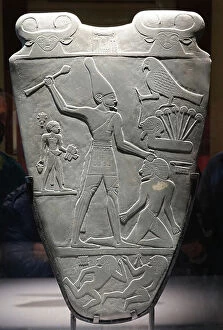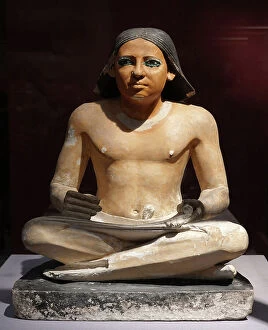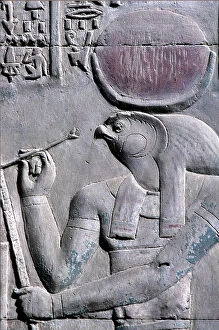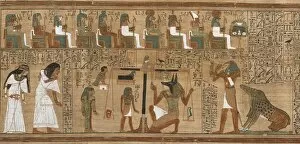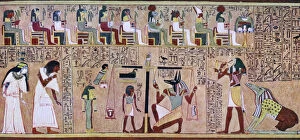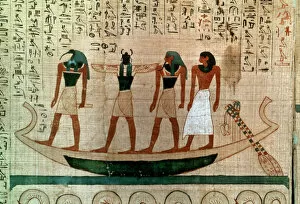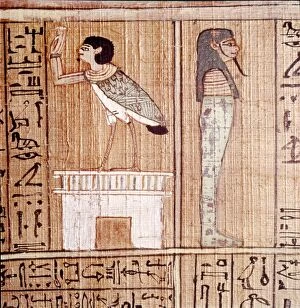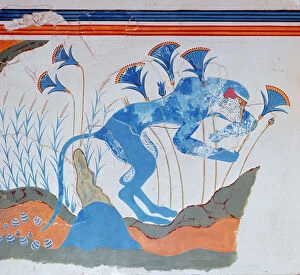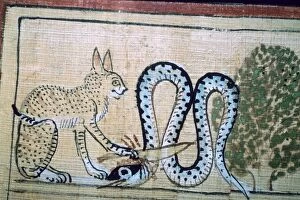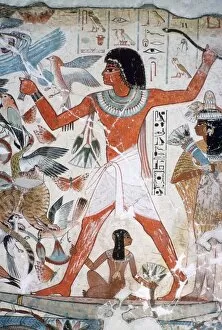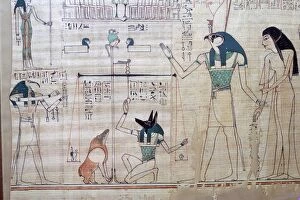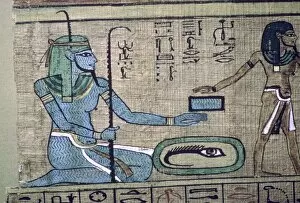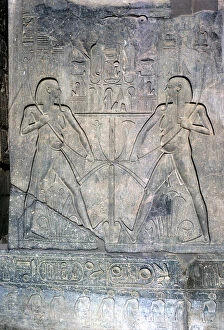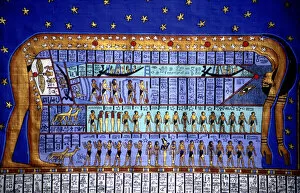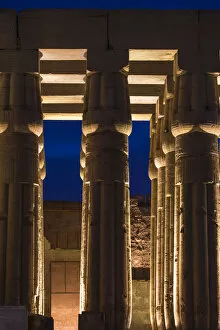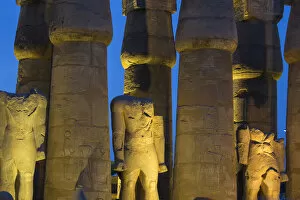Papyrus Collection (page 2)
"Papyrus: Unveiling the Ancient Secrets of Egypt's Sacred Texts" Step back in time and immerse yourself in the world of papyrus
For sale as Licensed Images
Choose your image, Select your licence and Download the media
"Papyrus: Unveiling the Ancient Secrets of Egypt's Sacred Texts" Step back in time and immerse yourself in the world of papyrus, an ancient writing material that has preserved countless stories and beliefs from the depths of Egyptian civilization. From the Papyrus of Ani to The Book of the Dead, these delicate scrolls offer us a glimpse into the spiritual journey undertaken by Egyptians in their quest for eternal life. One such remarkable example is The Judgement scene depicted on the Papyrus of Ani (Book of the Dead). This intricate illustration showcases Ani standing before Osiris, god of death and rebirth, as his heart is weighed against Ma'at's feather. Will he be deemed worthy to enter paradise or face eternal damnation? Dating back to approximately 1275 BC, The Book of the Dead or Papyrus of Any serves as a guidebook for souls navigating through various challenges after death. Similarly, The Book of the Dead belonging to Hunefer transports us to around 1450 BC with its vivid illustrations depicting Hunefer's journey towards immortality. Intriguingly, papyri were not solely reserved for religious texts but also found their way into everyday life. Cecil Aldin's painting "The Derby 1923" captures this transition beautifully as jockeys race past spectators clutching newspapers made from papyrus. Delving deeper into history reveals more fascinating examples like Heruben Papyrus dating back to 1075 BC and numerous other Books of the Deads created between 651-525 BC. These invaluable artifacts provide insights into ancient Egyptian rituals surrounding death and burial practices. Beyond religious significance lies another facet where papyri served practical purposes. Take The Moscow Mathematical Papyrus which dates back to approximately 1840 BC - it contains mathematical problems that challenge our assumptions about early civilizations' knowledge in this field. To truly understand papyrus' importance within Egyptian culture, one must visit the magnificent Karnak Temple in Luxor.


